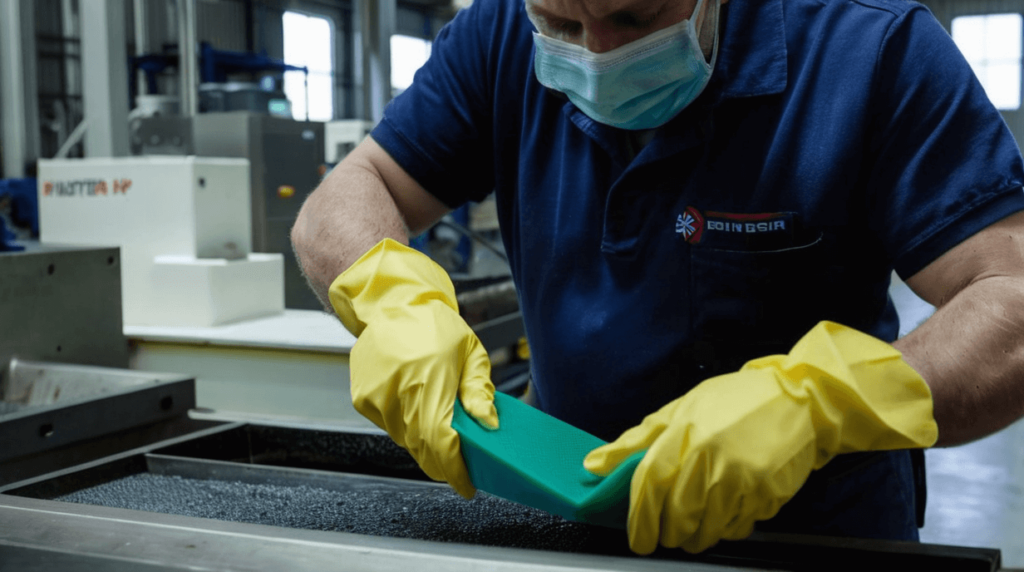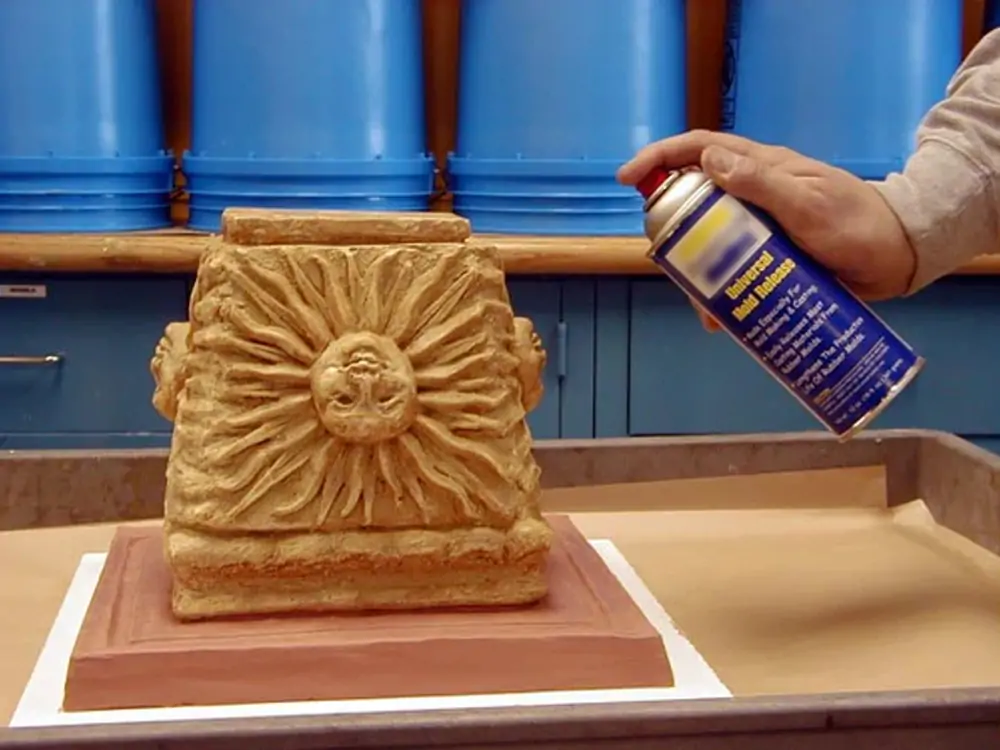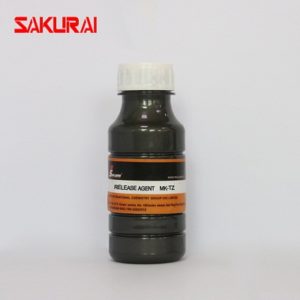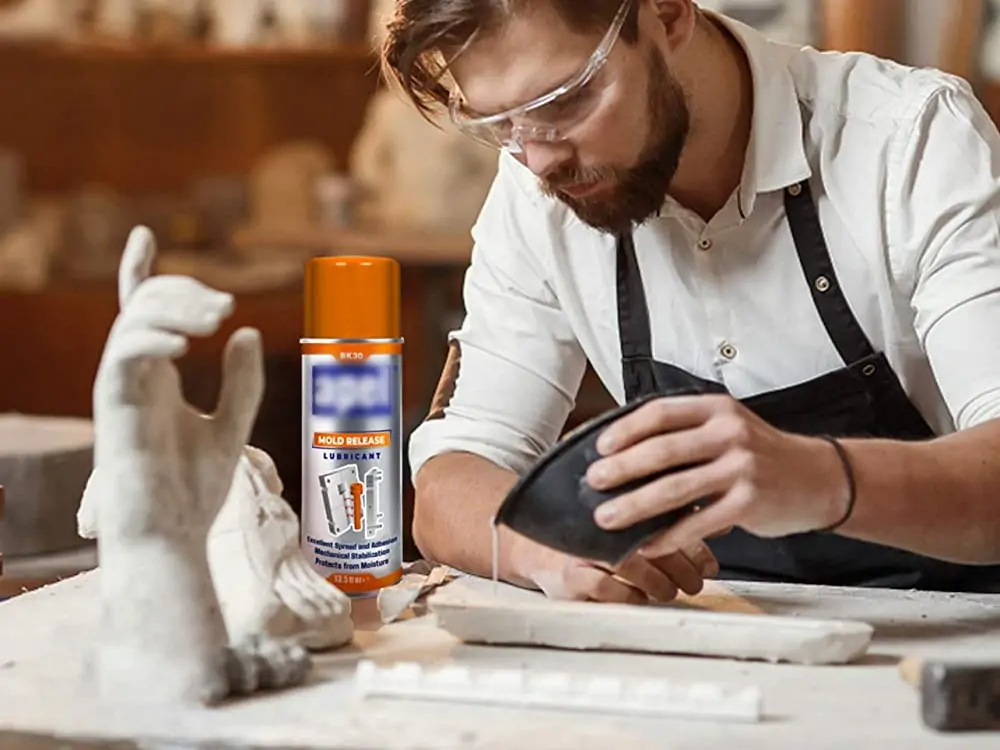Mold release agent (also known as parting agent) are important for making manufacturing easier. They stop materials from sticking to molds, cutting waste and saving time. When used well, they improve product quality and reduce delays from cleaning or fixing molds.
Many industries, like car-making and construction, depend on mold release products. It will release mold rubbers from properly prepared models, and meet the need for accuracy and speed. Lightweight materials, such as smooth on liquid plastics and composites, make high-performance agents even more necessary. Safer, eco-friendly options also improve workplace safety and protect the environment. Proper use of mould parting agents can extend the life of moulds and preserve their condition.
Using universal mold release products in your work can make things run smoother and give better results every time. Find the right mold release products for your specific needs and seek out detailed information about each product to ensure optimal results.
Types of Mold Release Agents

Image Source: pexels
Picking the right mold release products is very important. Each type has special benefits based on what you need. Mold release wax is a common type of release product, often used in casting and mould making to help parts separate easily from moulds. Below is a simple guide to the three main types and their uses.
Each type of mould parting agent is formulated for specific applications, so it’s important to consider the suitability of each for your particular project.
Water-Based Mold Release Agent
Water-based mold agent are safe for people and the planet. They use water instead of harmful chemicals, making them eco-friendly. These mold release products are great when cutting down pollution is a goal.
Water-based muold release products are recommended for certain casting applications, especially where environmental safety is important. In some cases, such as when regulations or specific casting applications require it, water-based agents may be required to ensure compliance and safety.
A big advantage of water-based mold release products is saving time. For example, products like DiamondKote™ DKW-4168 and Chemlease 2754W work fast. They help mould making easily and can be used many times. This saves both time and money.
| Product Name | Description | Benefits |
|---|---|---|
| DiamondKote™ DKW-4168 | High-performance demolding agent for car manufacturing | Speeds up production, works well, and saves time. |
| Chemlease 2754W | Water-based mould parting agent for advanced materials | Allows multiple uses, works great, and lowers costs. |
If you want a green and efficient option, try water-based lubricant
Solvent-Based Mold Release Agent
Solvent-based mould release products dry quickly, making them perfect for fast work. They use solvents to coat moulds evenly and release easily. These mold release products work well in humid or cold places. Solvent-based mould release products are commonly used with epoxy resin and epoxy in production mold settings, where they help achieve high precision and efficient release.
Key features of solvent-based mould release products include:
- Quick drying at any temperature
- Custom drying speeds for better control
- Great coating and release performance
- No oily or dusty residue
These universal mold release products save time by drying faster than water-based ones. This makes them ideal for industries where speed matters. Solvent-based mold release agent are a solid choice for tough jobs.
How to Apply Mold Release Agent Effectively
Using mould release products the right way is very important. It helps moulds work better, reduces mistakes, and makes products look good. To ensure the best results, make sure to properly apply the mould release products as proper application improves efficiency and extends the mould’s lifespan. Follow these steps to get the best results.
1. Preparing the Mold Surface
Getting the mold ready is the first step. For porous molds like plaster or concrete, apply a sealer before the mould release agent to improve separation and prevent contamination. Clean moulds work better and make fewer mistakes. Wash the mould well to remove dirt, old universal mold release lubricant, or other leftovers. This keeps the new mould release agent from sticking poorly.
You can use wax to fix tiny mould flaws. Wax makes the surface smooth and adds protection. For best results, always work with properly prepared models to ensure effective mould making and avoid issues like sticking or surface defects. Cover the wax with a PVA film for extra safety. This is helpful for moulds with tricky designs. The film stops styrene from moving, which can cause problems later.
2. Choosing the Right Application Method
Pick the best way to apply the mould release agent. Different methods work better for different needs:
| Application Method | Description | Efficiency Consideration |
|---|---|---|
| Aerosol Spray | Easy to use, great for tricky shapes. | Fast but needs more reapplications. |
| Brush-On | Precise application for small details. | Slower but covers well. |
| Wipe-On | Simple for small molds. | Quick but may not last long. |
Sprays are good for silicone lubricant agents and detailed molds. Brushes are best for small, detailed areas. Wipes work for small molds or quick jobs. Choose a method that lets you use the universal mold release products longer before reapplying.
Before full application, perform a small test to determine suitability of the chosen method for your specific mold and material.
3. Ensuring Proper Coverage and Drying Time
Spread the mould release agent evenly on the mold. Too much or too little can cause problems like sticking or leftover residue. This can ruin your product.
Let the mould release agent dry completely before using the mold. Silicone lubricant agents need time to make a smooth layer. If you rush, the agent might not work well, causing defects.
Follow these steps to make your mold release process better. This will improve your work and give great results.
For detailed guidance on drying times and coverage, refer to the manufacturer’s technical bulletins or instructions.
Best Practices for Optimizing Mold Release Performance
Regular Maintenance of Molds
Taking care of molds often keeps them working well. Clean moulds after every use to remove leftover materials from cured rubber molds. This stops buildup that can cause problems when removing products.
Regular cleaning helps silicone mould release agent work better. Try to keep your equipment running at an efficiency score above 85%. Also, aim for less than 5% waste to save money and materials.
Good maintenance makes the process faster and protects your equipment. Following these steps helps you get better results and high-quality products.
Avoiding Over-Application or Under-Application
Using the right amount of universal mold release agent is very important. Too much can leave sticky residue, and too little can cause sticking. Both problems can ruin your product and waste time.
To fix this, apply the agent carefully. Sprays are great for detailed molds, while brushes work well for small areas. Always follow the instructions from the manufacturer. Check the mold’s surface after each use to spot any issues.
By applying the agent correctly, you can avoid mistakes and save time.
Monitoring Environmental Factors
The environment affects how mould release agent work. Temperature and humidity can change how well they perform. For example, molds work best when the air is between 68°F and 86°F. High humidity for long hours can also cause problems.
To fix this, control the workspace conditions. Use air conditioners or dehumidifiers to keep things steady. Check the temperature and humidity often to avoid surprises.
By keeping the environment stable, you can get better results and improve your work process.
Picking the right mould release agent and using it well can improve manufacturing. It helps things run smoothly, makes better products, and avoids delays. Follow good habits like cleaning molds often and checking workspace conditions. Fixing problems like sticking or leftover residue also boosts efficiency.
If you want to know more, please contact meiyahg
FAQ
What is the main purpose of a muold release agent?
Mould release agent stop materials from sticking to molds. They make it easier to remove finished items, cut down on waste, and keep molds safe from harm. Especially for most liquid rubber and liquid plastic products, it will easily release mold rubbers well. This helps work go faster and ensures good-quality products.
How do you choose the right universal mold release products?
Think about your material, mold shape, and work conditions. For example, water-based agents are eco-friendly, solvent-based ones work in wet places, and silicone agents handle heat and tricky designs.
Can you reuse molds without reapplying the release agent?
Some agents let you use molds a few times before reapplying. Check the product’s directions to see how many uses it allows. Adding more agent when needed keeps things working smoothly and avoids sticking.
What happens if you overapply a mould release agent?
Using too much can leave sticky residue on molds or products. This might cause flaws or mean extra cleaning is needed. Spread the agent evenly and follow the maker’s instructions to prevent this.
How do environmental factors affect mould release agent?
Temperature and humidity can change how well agents work. Wet air can slow drying, and very hot or cold air can make them less effective. Keep your workspace steady for the best results.









